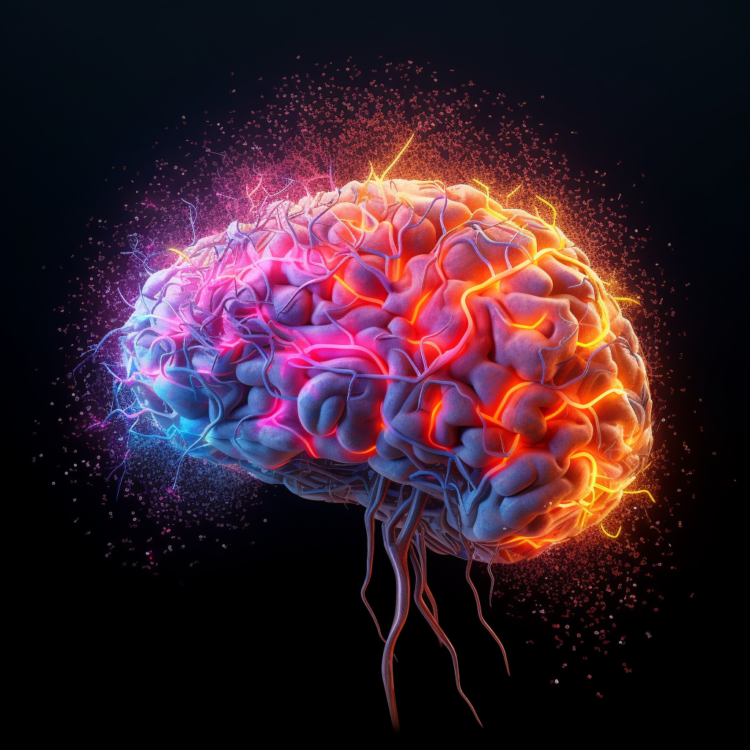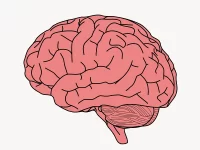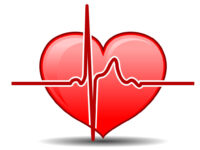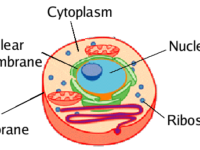DMT earned its nickname as the “spirit molecule” in the 1990s when over half of Dr. Rick Strassman’s research subjects vocalized experiencing something extraordinary. His experimentation had initially concerned the physiological effects of the molecule, but he couldn’t ignore its inherent psychoactive influences after about 200 of his participants reported undergoing a “religious” transformation with “non-human beings.” These collective hallucinations are not unique to Dr. Strassman’s study. In fact, many anecdotal accounts report similar experiences.
“200 of his participants reported undergoing a ‘religious’ transformation with ‘non-human beings.’”
In 2020 and 2021, the University of Greenwich conducted an experiment where 36 experienced DMT users were administered between 40- and 75-milligram doses of DMT. Results conveyed that 34 out of the 36 participants had encountered “sentient entities … beyond the self” who had enhanced their trip. The appearances of these entities varied, with the majority allegedly seeing “Otherly Creatures” — any non-Earthly manifestation, including but not limited to, silhouettes and “humanoids.” In another study, Dr. David Lawrence qualitatively analyzed over 3,000 DMT experiences posted on the r/DMT subreddit from the past 10 years. He found that at least 1700 of those posts included “entity encounters” with many entities possessing a religious or divine influence.
Recreational psychedelic usage, though illegal, has existed for decades now and is sought after for the vivid sensory distortions that accompany its euphoric effect. Raves, concerts, or any covert college environment are likely to boast a variety of hallucinogens, ranging from lysergic acid (LSD) to psilocybin (magic mushrooms) to MDMA (ecstasy). However, DMT has yet to gain mainstream popularity.
DMT affects individuals in a slightly different manner than most conventional psychedelics. For one, DMT “trips” are brief, only lasting about 10 to 30 minutes, rather than the standard several hours experienced with other drugs. Second, its effects are felt almost immediately upon ingestion and include intense hallucinations. Steven Barker, a researcher at Louisiana State University, describes it as the “feeling of transcending one’s body and entering an alternative realm …” But what is it about the spirit molecule that neurologically differentiates it from LSD, magic mushrooms, and other psychedelics? It is produced endogenously, within the body.
Perhaps surprisingly, this Schedule 1 Class A, unbelievably potent hallucinogen, is an actively metabolized neurotransmitter in the body much like serotonin, and it can even sometimes be traced in blood, urine, and spinal fluid. There are several conjectures theorizing the role of DMT in daily life, but as of right now, there is still no concrete proof delineating its physiological function.
Structurally, DMT is analogous to the major mood regulator, serotonin. Both are derived from the amino acid tryptophan, which is decarboxylated to form the tryptamine compound. The major variation in the synthesis of DMT is a final methyl group (CH3) from an adjacent compound that is transferred to the tryptamine into DMT, which doesn’t occur during serotonin production. This conversion is the pivotal step in the biosynthesis of DMT and is only possible in the presence of the enzyme INMT. Thus, the 1961 discovery of natural INMT in rodent brains was groundbreaking and suggested the possibility of endogenous DMT. Shortly after that breakthrough, INMT activity was uncovered in several regions of the human brain, most notably the sensory cortexes and the emotion control center. Unfortunately, the implications of these discoveries are still in their infancy; however, they might explain the hallucinatory similarities experienced by those under the influence.
The significance behind Dr. Strassman, Dr. Lawrence, and the University of Greenwich’s findings lies in how most other psychedelic trips are highly individualized and do not induce such large-scale, paralleled hallucinations. The prevalence of these recurrent themes has given rise to numerous psychological and metaphysical questions, including: Who are these entities? Why are they found in so many different recounts? What does their existence tell us about the brain?
“Who are these entities? Why are they found in so many different recounts? What does their existence tell us about the brain?”
Evidently, DMT is a puzzling molecule for neuroscientists and users alike. The psychotropic state it induces is more intense than most other recreational hallucinogens, yet it is one of the least understood endogenous compounds. There are many avenues for future research to proceed in to clarify the countless theories postulating its significance. One such theory includes the idea that DMT is released in high volumes during birth and death, and can explain the “dream-like” states perceived in Near-Death Experiences. If this is true, then we are one step closer to understanding where we go when we die, and it is all connected to that tiny, 12-carbon spirit molecule coursing through our bloodstream right now.






